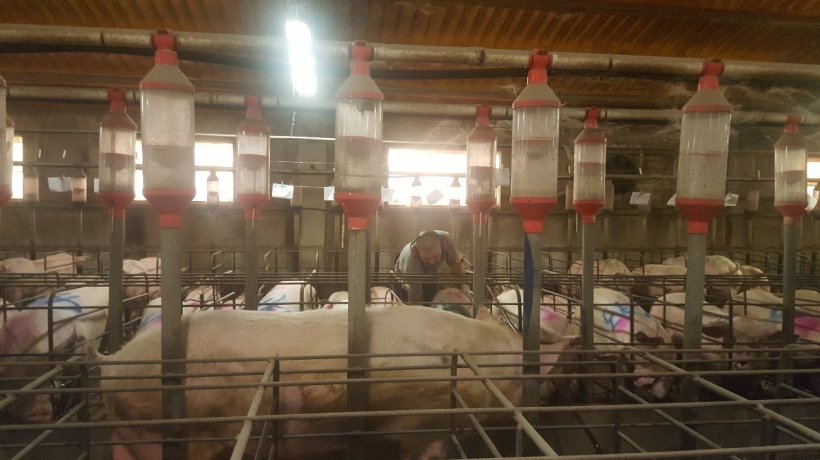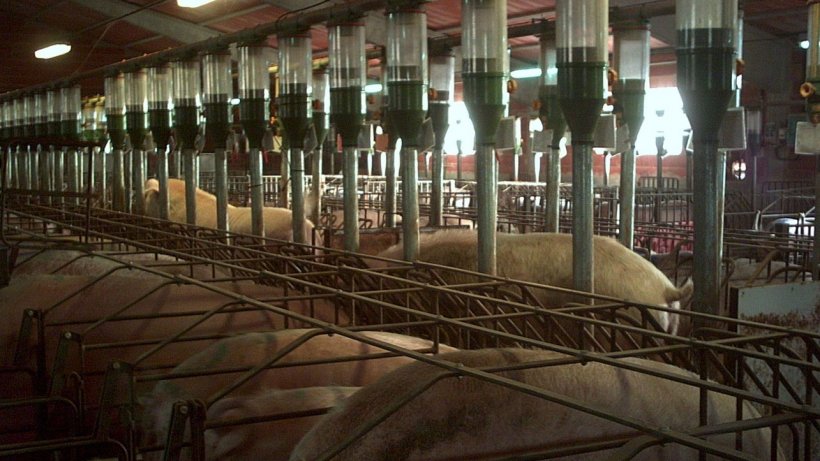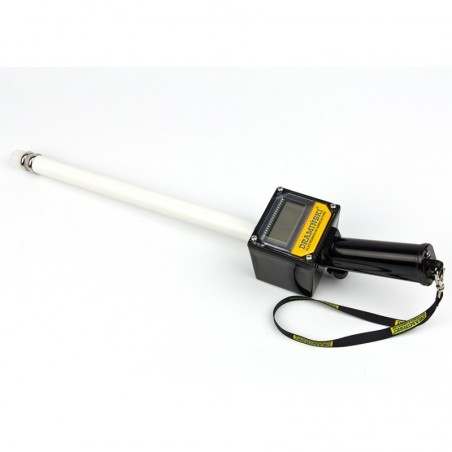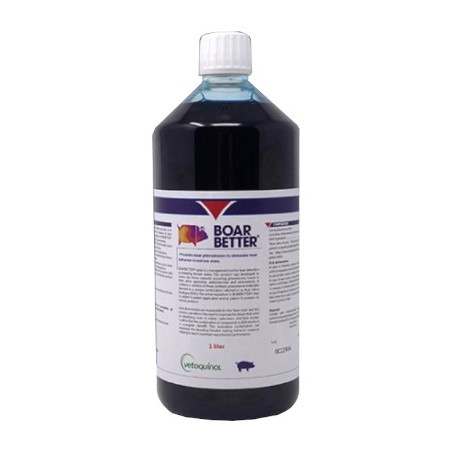The boar
It is very important to work properly with the boar. On medium or large sized farms it is common to see the same boar used for 50-60 minutes or more, being walked through gestation in front of weaned sows, potential returns, and even gilts.

You have to realize that the boar has a limit: his heat detection capability stays acceptable for 15-20 minutes, but then declines. The same goes for his ability to stimulate sows. After this period his stimulating effect on sows declines. That is why it is important to use different boars.
I have to mention one aspect that few rarely consider. The most difficult sow to heat detect is the sow returning to oestrus or any sow outside the predictable protocol. To understand this better, we can use a very graphic example: a batch of weaned sows or a group of gilts with at least one heat detected, generate a level of hormonal pheromones in the environment. It is as if they were "at a party". This makes it easy for them to express oestrus and makes heat detection in these groups relatively easy. On the other hand, an empty sow returning to heat among sows that are already pregnant, feels as if she was "at a funeral". This makes heat much more difficult to detect.
Many times, after having already worked the weaned sow area for a long time, the staff arrives at the area where there are potential returns with the workers going through it at full speed, with a boar that is already tired. The consequence of this is a bad heat detection for the sows returning after mating. This is why we sometimes see farms with a low number of regular returns (18-24 days) but a high number of returns at 36-42 days, after 2 cycles.. Another similar case is what I like to define as false irregular returns: sows in which heat couldn't be detected at 21 days after mating, which are negative at the pregnancy check, and after being relocated or moved, come into heat 3-4 days later. Officially, they are classified as irregular returns, but they really are not.
In summary, heat detection should follow these steps:
- Start with the best boar in the area of potential returns. In this way we heat check with a fresh boar in the most difficult area.
- Then, if you only have one boar, you should go to the weaned sows, because although the boar will be more tired, their heats are easier to detect.
- Of course if you have more than one boar, after heat checking in the area of possible returns, you should switch out and use a fresh boar for the weaned sows.
How should the breeding crew work during heat checking?
Their behavior should be as similar as possible to that of a boar. Remember that a boar, in front of a sow in heat, starts by approaching her, "showing his smell", sniffs her, grunts, but then he noses her on the flanks, lifts her, etc. until he mounts, and then the sow must withstand the 250-300 kg weight of the male.
It is important to understand this, in order to avoid two types of incorrect heat checking that often occur on farms: the excessively gentle heat detection where practically the sows are just nicely petted, and the opposite extreme, with overly-aggressive contact, or sudden contact without prior warning only frightening the sows and making it impossible for them to show the standing heat response.
Therefore, it is necessary to approach the sow gently, to "warn her " that we are there checking her. But then we need to press her with some intensity and even put our weight on her to check if there is a standing reflex.
We must consider that there is always a significant number of sows that are going to show signs of heat even if the management is not ideal or if the work isn't done well. "Fine" work helps us with those sows that present less evident oestrus or that are more difficult. This is what makes the difference allowing us to achieve the best results.

It is imperative to heat detect with the male in front of the sows. The farm worker must play an active role in heat detection; touching, pressing on the sows without scaring them.
Gilts
As we already talked about, as with stimulation, the first estrus detected in gilts should be done with direct boar contact having the males inside the pen as it promotes earlier heat onset and more gilts will come into heat compared to gilts housed in stalls.
In these cases, the role of the stockperson cannot be limited to just remaining outside the pen observing, he must be inside ensuring that each of the gilts comes into contact with the teaser boar or boars used for heat detection, ensuring that the standing reflex is brought on, and at the same time preventing overly aggressive interactions that could hurt the gilts.

Heat checking with boar pen mates . Source: Carles Casanovas.
Is there an ideal time of the day to heat detect?
Obviously the sow must have eaten before heat detection. At least 45-50 minutes must pass from the meal, so that the sow is calm.
However, for me it doesn't matter if it is done at 8:00 or 10:00 in the morning, but rather the most important thing is that there is a routine. Heat detection should always be at the same time. Likewise, it is important that there is little variation in the people who are in charge of this task since each person has a different sensitivity in the detection of heat, and if we vary who is responsible we will hinder fertility. Of course there are vacations and weekends, which require staff variations, but as much as possible the variation should be minimal.
Working with rested boars, and suitable management by the staff are essential to detect heat adequately. In the following article we will talk about what measures must be taken to correctly perform insemination.








